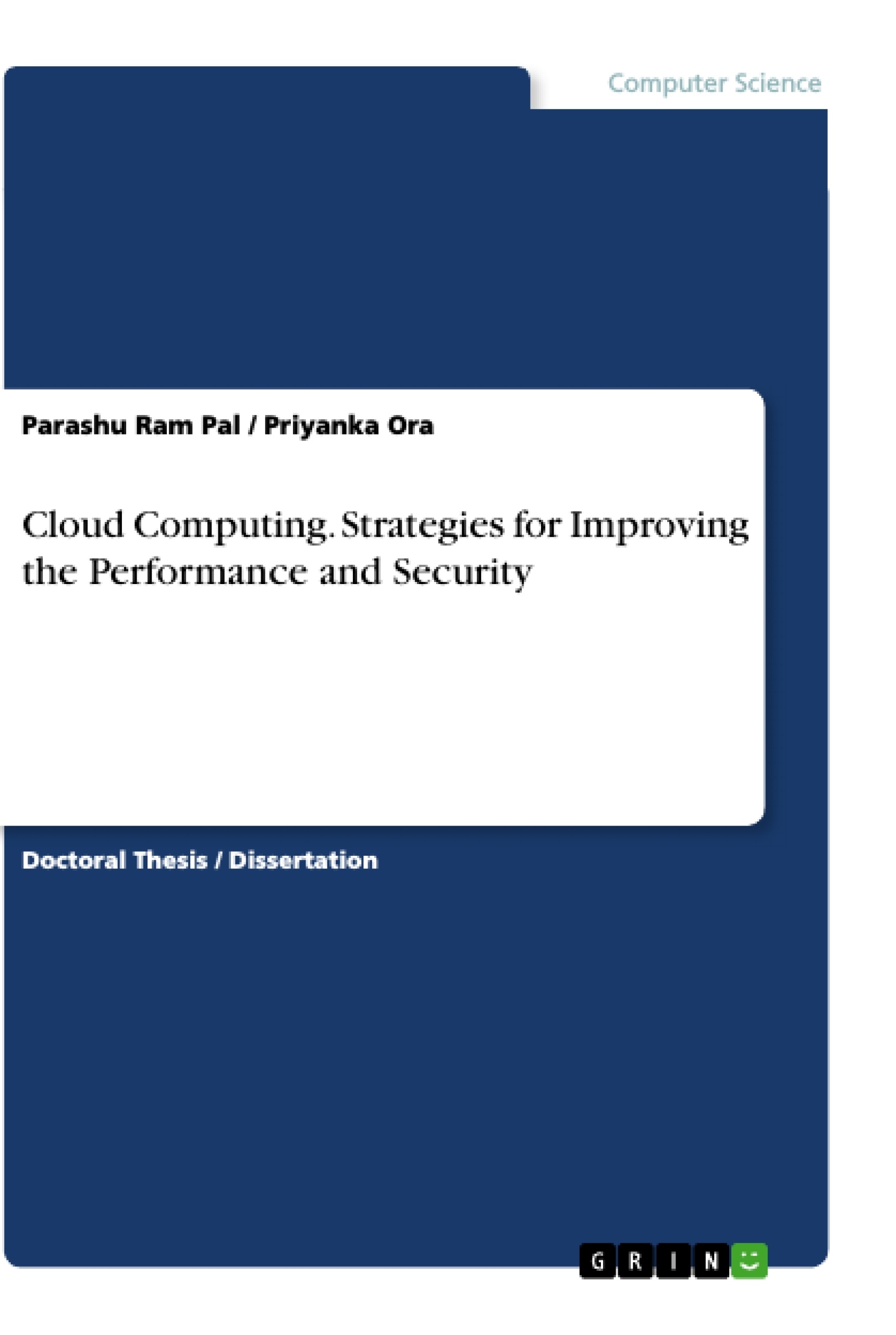Continuous advancement in software field and widespread use of software products many innovative applications have emerged, cloud computing is one of them. In cloud computing users need not to install software they just log in the cloud and pay for their required service. As many users are frequently using cloud computing a big question arises here is the security of user’s personal data present at cloud. Therefore, we need to safeguard the data in the midst of untrusted processes. On keeping these issues in mind, a security model is designed in this thesis. The whole model is divided into three sections: one is data encryption, second is secure data storage and the third one is maintenance of data integrity.
In first section before uploading the file on cloud, file is encrypted by RSA Partial Homomorphic algorithm. Two keys public and private are generated after encryption. Between these two keys public key is known to all but private key is known to only authorize users. In second section, the data owner uploads the encrypted file moreover with this one access permission list containing names of authorized user and their respective permission. In this model two access permissions (Read Only and Read and Write) are defined by the data owner. In third section the cloud provider calculates hash value of uploaded file using MD5 hash algorithm. This hash value is transferred back to the data owner to use it for verification purpose. As Owner performs verification, hash value of the desired data present at cloud is again calculated. Now this new hash value matches with old hash value which is present at owner end. If it matches no modification is performed, if hash value does not match then some modifications has been performed on the uploaded data.
After uploading the file on cloud this file is visible to all users. They can easily download the file but cannot decrypt it as all users don’t have private key. Private key is sent to authenticate users by e-mail so that they can get original data. Data modification is controlled by the owner as cloud stores data in encrypted form. The whole architecture is compared with combination of Triple DES and SHA. The results generated by proposed model have shown that it takes less encryption and decryption time as compare to 3DES and SHA combination. Therefore, the proposed model provides better security and maintains data integrity of the uploaded data on cloud.
Inhaltsverzeichnis (Table of Contents)
- Chapter 1. Introduction of Cloud Computing
- 1.1 Introduction
- 1.2 Concept of Cloud Computing
- 1.3 Cloud Architecture
- 1.4 Service/Delivery Model of Cloud Computing
- 1.4.1 SaaS(Software as a Service)
- 1.4.2 PaaS (Platform as a Service)
- 1.4.3 IaaS(Infrastructure as a service)
- 1.5 Layered Architecture Description
- 1.6 Deployment Model of Cloud Computing
- 1.6.1 General Division
- 1.6.2 Other Divisions
- 1.7 Characteristics of Cloud Computing
- 1.7.1 Rapid Elasticity
- 1.7.2 On demand
- 1.7.3 Broad network access
- 1.7.4 Multi Tenancy
- 1.7.5 Pay per use
- 1.7.6 Scalability
- 1.7.7 Resiliency
- 1.8 Categorization of Cloud Computing
Zielsetzung und Themenschwerpunkte (Objectives and Key Themes)
This book aims to provide a comprehensive understanding of cloud computing, covering its fundamentals, architecture, service models, deployment models, and key characteristics. It explores strategies for improving the performance and adoption of cloud computing in various domains. The book emphasizes the importance of cloud computing for businesses and individuals, highlighting its benefits and challenges.
- Fundamentals of cloud computing
- Cloud architecture and service models
- Strategies for improving cloud performance and adoption
- Benefits and challenges of cloud computing
- The role of cloud computing in various domains
Zusammenfassung der Kapitel (Chapter Summaries)
Chapter 1 introduces the concept of cloud computing, exploring its history, evolution, and key definitions. The chapter dives into the architecture of cloud computing, outlining its components and functionalities. It also delves into different service models such as SaaS, PaaS, and IaaS, explaining their characteristics and applications. Further, the chapter examines the deployment models of cloud computing, including public, private, hybrid, and community clouds. Finally, it discusses the key characteristics of cloud computing, emphasizing its scalability, elasticity, and on-demand nature.
Schlüsselwörter (Keywords)
Cloud computing, cloud architecture, service models, SaaS, PaaS, IaaS, deployment models, characteristics, scalability, elasticity, on-demand, performance optimization, adoption strategies, benefits, challenges.
- Arbeit zitieren
- Dr. Parashu Ram Pal (Autor:in), Dr. Priyanka Ora (Autor:in), 2019, Cloud Computing. Strategies for Improving the Performance and Security, München, GRIN Verlag, https://www.grin.com/document/505234




